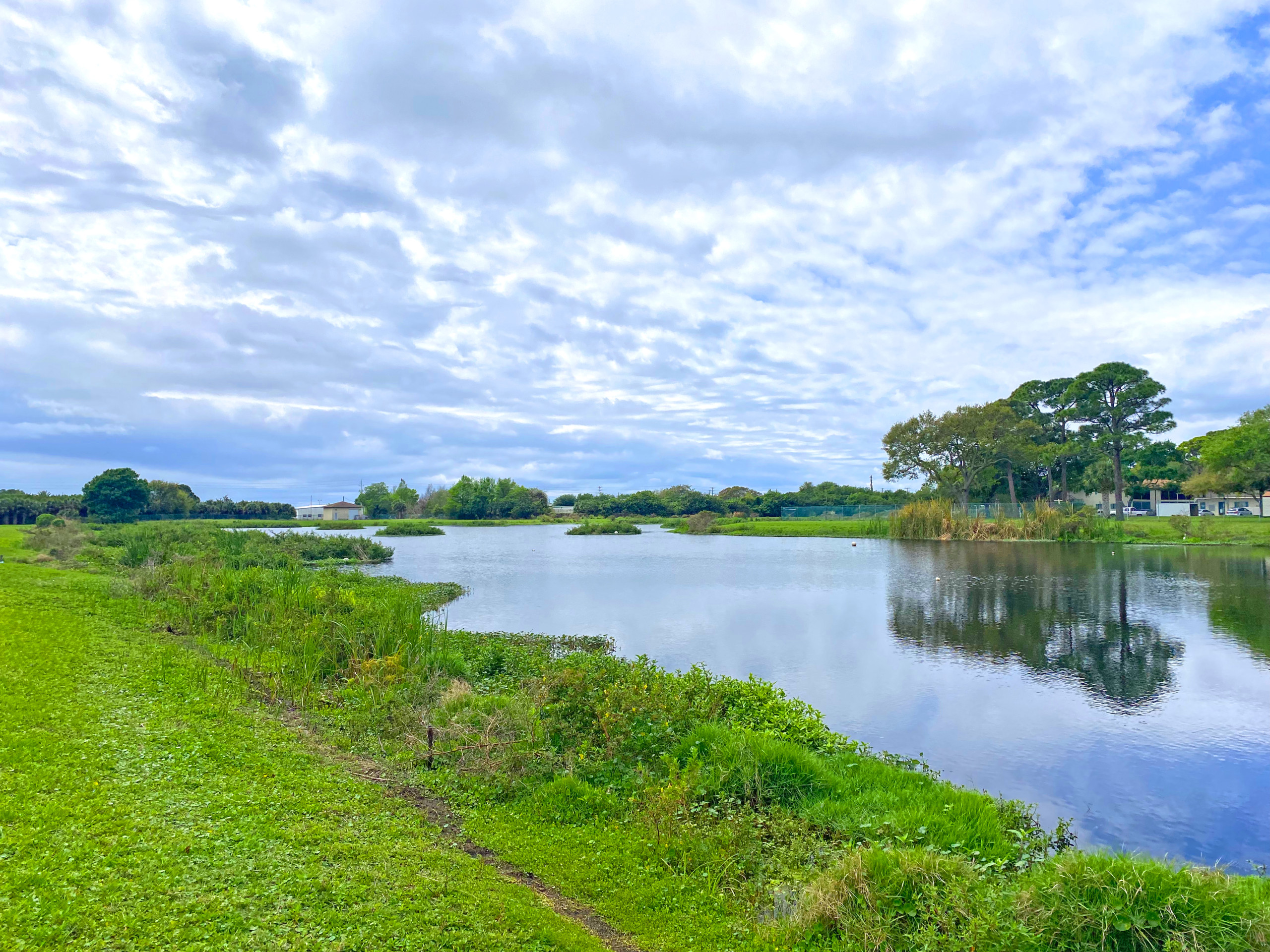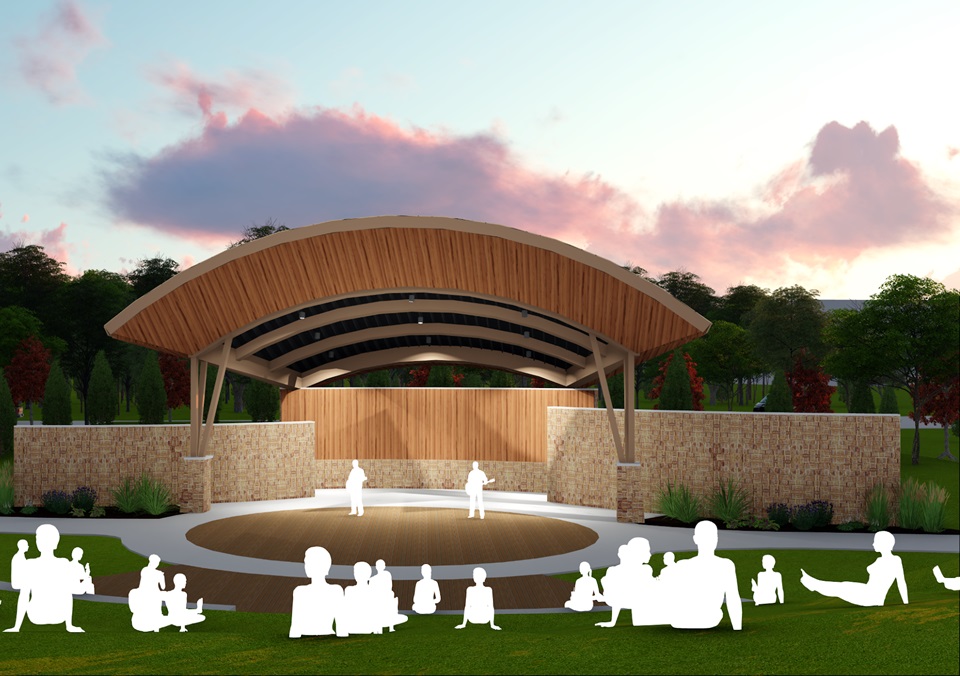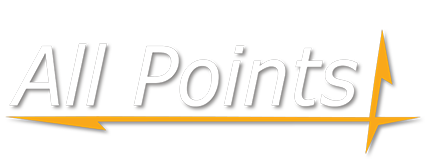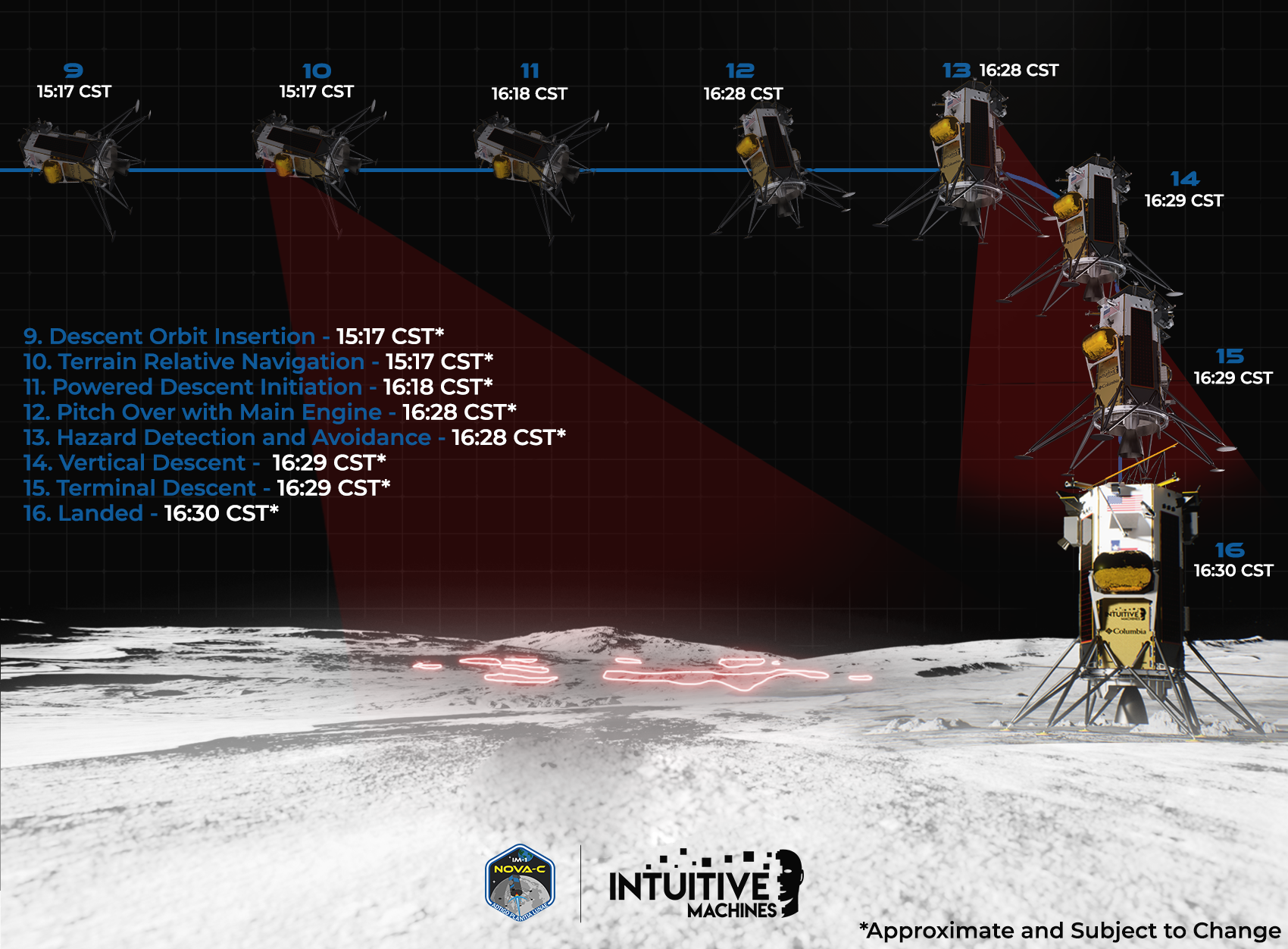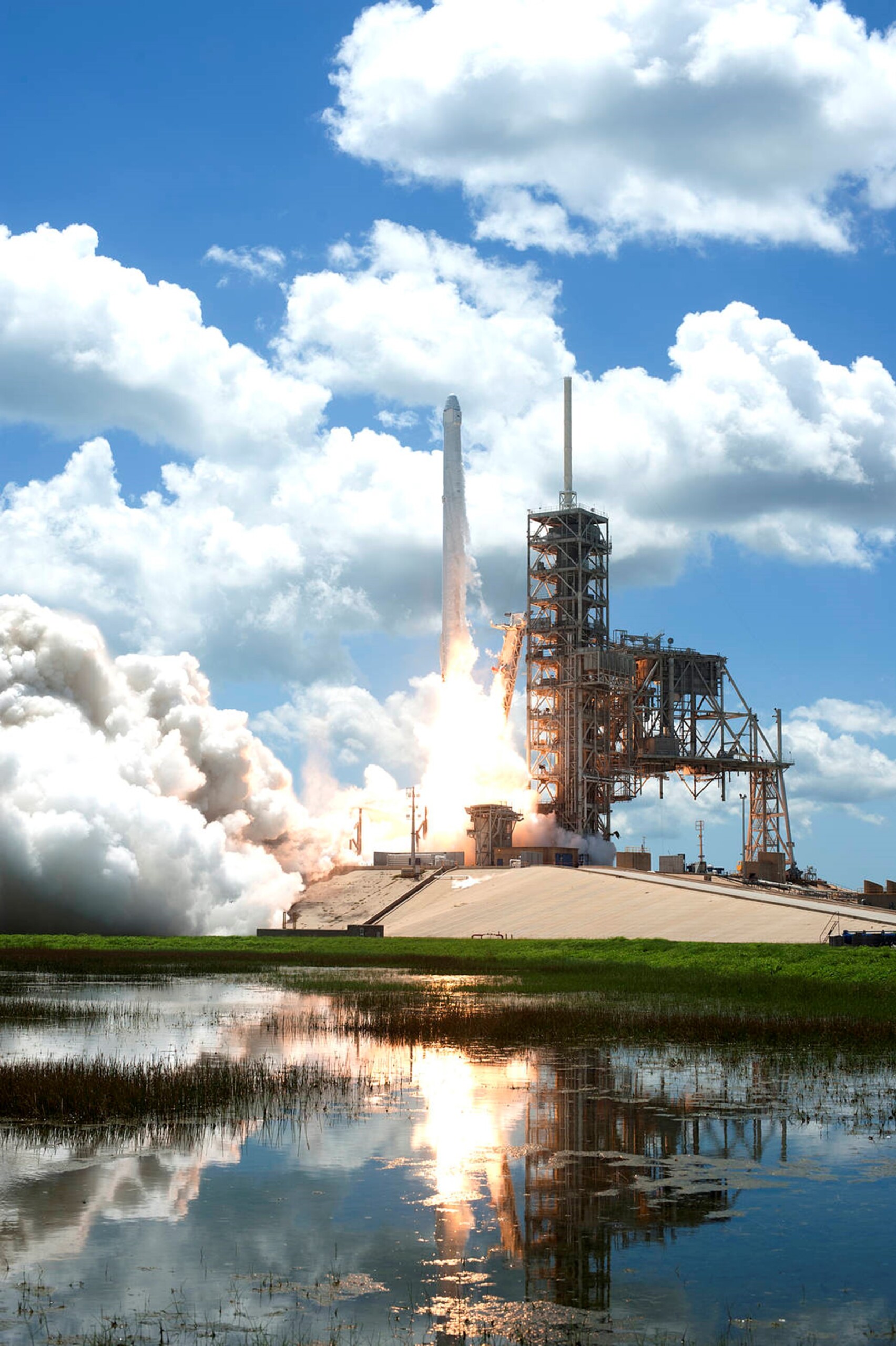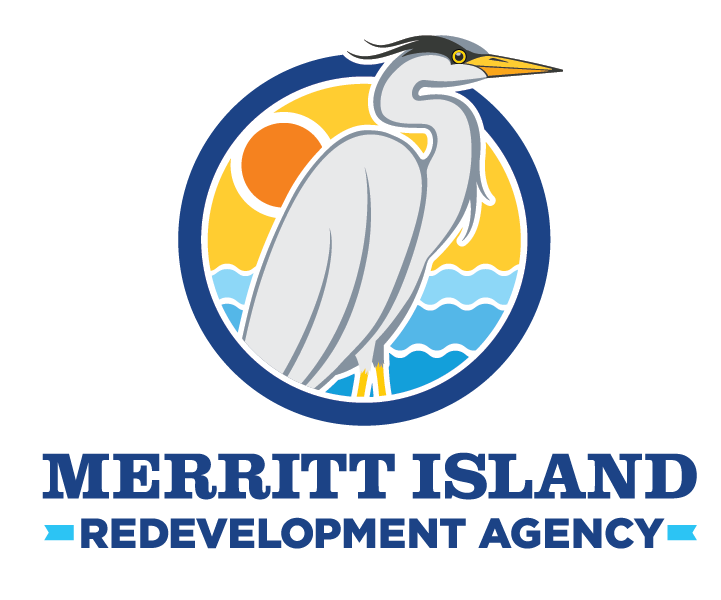Space Industry Is A Major Economic Engine in Brevard
October 27, 2023 – With 57 space launches in 2022 and with 2023 already surpassing that number on the way to an expected total of more than 70 for the year, the business of putting crews and equipment into space has not seen activity like this since the days of the Gemini program in the 1960s.
Located on Merritt Island but several miles north of the residential area, the launch pads at Kennedy Space Center and Cape Canaveral Space Force Station have become hot properties, with companies looking to secure long-term deals to keep their rockets flying. As the competition heats up, authorities are looking for ways to increase the supply.
At NASA’s Kennedy Space Center two of the most historically significant launch pads are still on the job, having hosted moon missions and space shuttles, pad 39A and pad 39B are still up to the job.
Launch pad 39A is now home to SpaceX, about halfway into a twenty-year lease signed with NASA in 2014. The company keeps up a blistering pace, including a recent launch of a Falcon Heavy followed by a Falcon 9 rocket less than nine hours later.
Launch pad 39B hosts the 320-foot Space Launch System which is engineered to take crewed Artemis missions to the moon. Artemis I successfully flew in November of 2022, sending the spacecraft to the moon and back, setting the stage for astronauts to return to the surface by 2025, if all goes well.
Cape Canaveral Space Force Station, overseen by the Space Force’s Space Launch Delta 45, have many launch pads under their jurisdiction.
Launch complex 37B was built in 1963 and was used during the Apollo program and now is home to United Launch Alliance and the Delta IV Heavy rocket, which is scheduled to be replaced by the new Vulcan Centaur. The final Delta IV flight is on the books for March of 2024, and future plans for 37B have not been announced.
Launch Complex 40 is another home for SpaceX Falcon 9 launches, where the rocket often flies as often as twice a week. SpaceX is also working on using the area as not only a launching site, but also a place where the reusable boosters used on their vehicles can return to Earth. Also, crewed missions may take off from 40 sometime in the future.
The last crewed mission from Launch Complex 41 was in 1968, but that is slated to change when Boeing’s Starliner spacecraft is certified by NASA for crewed missions for launch aboard ULA’s Atlas V rocket. The company’s new Vulcan Centaur will also use Complex 41 to begin missions.
By launching its first 3D-printed Terran 1 rocket last year from Complex 16, Relativity Space has taken the first big step to be able to put large satellites into orbit. The first test failed, but the company is already working on the next generation of the rocket, the Terran R, which is larger and capable of lifting heavier payloads. The company expects the vehicle to fly by 2026.
To accommodate many different companies on the same facility, Space Florida has provided Launch Complex 46, outfitted with a Mobile Access Structure, launch stand and other infrastructure. Designed for companies to be able connect their hardware into the facility and launch within days, the pad will accommodate rockets smaller than 120 feet tall. Astra Space launched a science mission for NASA from 46, along with others such as Orbital ATK’s Minotaur IV.
Although still under development, Launch Complexes 13, 14 and 15 have been reactivated and are reserved for future use by Phantom Space, Vaya Space, Stoke Space and ABL Space Systems.
Not active now, but reserved for Blue Origin, Launch Complex 36 will be the future home of the heavy-class New Glenn rocket. Designed to compete with SpaceX and ULA, the New Glenn towers at 320 feet tall and will take large payloads beyond low Earth orbit then land vertically on return. Blue Origin has already invested over $1 billion in the refurbishment of 36, preparing the site for the company’s future plans.
When Falcon 9 boosters return on their own power and land after a launch, the impressive feat of engineering happens at Launch Complex 13, where twin pads act as landing zones. But after SpaceX moves out at the end of their lease, the area will become LC-13, LC-14 and LC-15 and Phantom Space and Vaya Space. Stoke Space will move in to LC-14 and LC-15 will be the new home of ABL Space Systems and its RS1 rocket.
This overview of the activity at the different launch pads shows how dynamic the space industry in Brevard County (Florida’s Space Coast) continues to be, but there are also many more facilities involved in designing and building the vehicles that will fly from there.
Source: Florida Today
PARTNER WITH US

